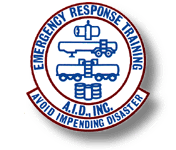 |
 |
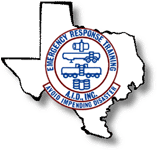 |
 |
 |
 |
Existing programs can be customized to meet your needs, or we can develop a unique training program. Several customized programs that we have done for our clients are listed below:
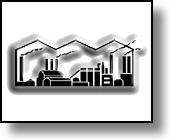 |
OPA-90
Oil Prevention Act of 1990 Regulatory Compliance Training |
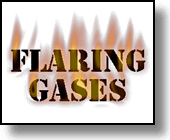 |
Flaring
Flaring is the controlled destruction and/or consumption by fire of a hazardous material. When this process is chosen, it like any other de-inventory process has its advantages and disadvantages. These items must be understood, used and/or controlled to ensure a safe operation. This course covers and includes live demonstrations of a controlled material burn off in the field through the use of a ground flare, candlestick flare, and a water-break flare. |
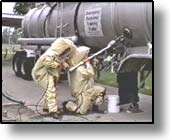 |
Hot Tapping
Through knowledge of the process, vessel involved, and physical characteristics of the materials to be off-loaded, are vital to the safety of the hot tapping operation and will be covered. Hands-On training utilizing our custom-modified cargo tanker (shown in use to the left) will ensure that everyone has performed the hot tapping process, and will be able to use this experience to successfully handle and conclude a hot tapping emergency response event. |
To familiarize each student with the equipment, techniques and skills necessary to adequately gather, control, record, and process samples totally representative of the air, soil, surface water, ground water or inside containers at a hazardous waste site.

Sampling
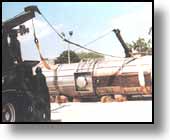 |
Cargo Tank Up-Righting
To familiarize each student with the techniques and skills needed to effectively and efficiently mitigate an incident involving an over-turned Cargo Tank or Portable Tank, which may or may not be resulting in a spill of Hazardous Materials. The safe way to lift a Cargo Tank or Portable Tank will be demonstrated by the use of two wreckers (as shown to the left) which will overturn an actual cargo tank for the course. |
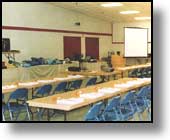 |
Hazardous Material Training This workshop has been developed as a first-day module when used with other training modules. Its objective is to teach the student to perform hazard and risk assessment techniques necessary to mitigate a hazardous materials incident. Implementation of the Incident Command System and Personal Protective Equipment will be a skill that the student should understand and carry out with a high degree of competence. |
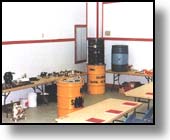 |
Small Containers/Drum Patching
This module is designed to familiarize each participant of the strengths and weaknesses of these containers and how to repair, transfer, and overpack damagaed containers. In addition this module through its hazards and risks asessment segment trains each student how to estimate its immediate and/or eventual impact on personnel, equipment, and the environment so that they can come to a fast, safe, effective, and efficient way of mitigating the problem. |
 |
Cylinders
To familiarize each student with the techniques and skills needed to effectively, efficiently, and safely mitigate an incident involving cylinders, tube trailers, and small pipelines. Through the use of detailed instructions and practical demonstrations. |
 |
Cargo Tank
To familiarize each student with the techniques and skills needed to effectively and efficiently mitigate an incident involving a cargo tank or portable tank resulting in a spill of hazardous material. |
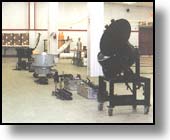 |
Tank Car
To familiarize each student with the techniues and skills needed to effectively and efficiently mitigate an incident involving a tank car resulting in a spill of hazardous materials. |
 |
Media Relations
This course familiarizes each student with the techniques and skills needed to effectively and efficiently communicate with the media when involved with a hazardous material incident. Each segment of the module is designed to build upon itself through demonstrations, written assignments for print media, and on-camera practice sessions for broadcast media relations. |
 |